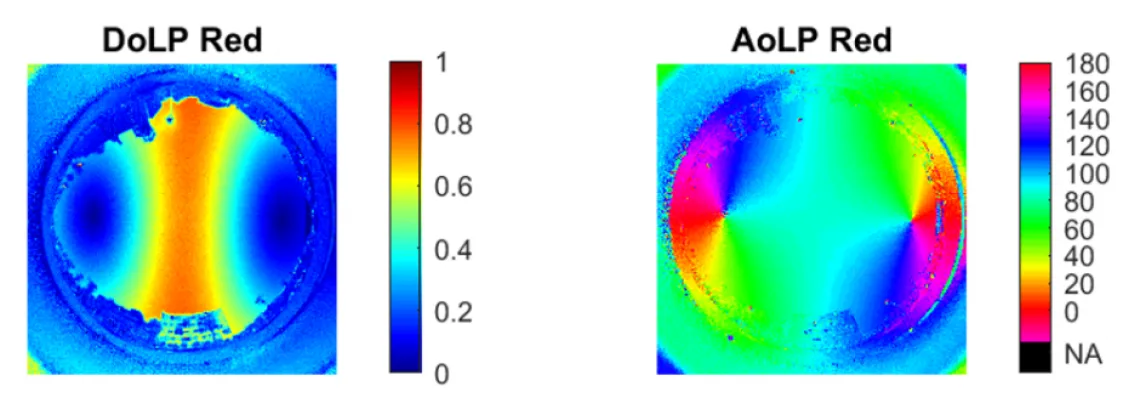Another Wavelength: Xingzhou Tu

This month in Another Wavelength, we chat with Ph.D. Student Xingzhou Tu. Xingzhou is working with Stanley Pau.
Where are you from?
I am from Nanchang, the capital of Jiangxi province in southeastern China.
What brought you to study optics?
My father, an electronic hobbyist, played an important role in leading me into the field of science, or even more, into the field of optics (light is an electromagnetic wave anyway!). During undergraduate school optics was the class that most interested me. While optics has so many practical applications I believe there are also very physically fundamental things behind it. Therefore, I applied for the Ph.D. program at OSC and was accepted. I am very glad to be here!
Who is your hero in science?
There are many great scientists in history, such as Isaac Newton and Albert Einstein. But here I would like to introduce Cixin Liu, a science fiction writer. His most famous work, “The Three-Body Problem (Also known as “Remembrance of Earth’s Past”) makes a great impact on my view toward the universe, the past and the future. The 1st book in the trilogy won the Hugo award for best novel, in 2015. But I think the 2nd and 3rd books are even better.
Describe your research in 20 words or fewer.
Fabricate sensors to measure broadband polarization signals.

Describe your research in 200 words or fewer.
There are many polarization signals in nature. The sky is linearly polarized due to Rayleigh scattering. Reflection of windows is linearly polarized. Some kinds of animal such as beetles reflect circular polarization. Polarization cameras capture the polarization information of the target scene, allowing us to know more about the object.
Most of the existing polarization cameras are linear-Stokes cameras, which only capture linear polarization. There are some full-Stokes cameras, which capture both linear polarization and circular polarization, but this only works for a narrow wavelength range.
In our lab, we are trying to push the limit of the polarization camera to full-Stokes and broadband. In order to do that, liquid crystal polymer is used to fabricate thin birefringent film that has pixelated polarization property. The film is then applied to the camera sensor, establishing an spatial sampling of the polarization information. Various techniques are used to make that film achromatic, turning the camera into broadband.

Name three neat facts about you.
- My first name Xingzhou, is “醒洲” in Chinese, meaning “wake up the continent”.
- I rode my bicycle to both west and east Saguaro national park during my 1st year here.
- I am a big fan of the game “Sid Meier’s Civilization” since undergraduate school.
Research Photo Caption: The degree of linear polarization (DoLP) and angle of linear polarization (AoLP) of sky captured by a linear-Stokes camera with a fisheye lens
